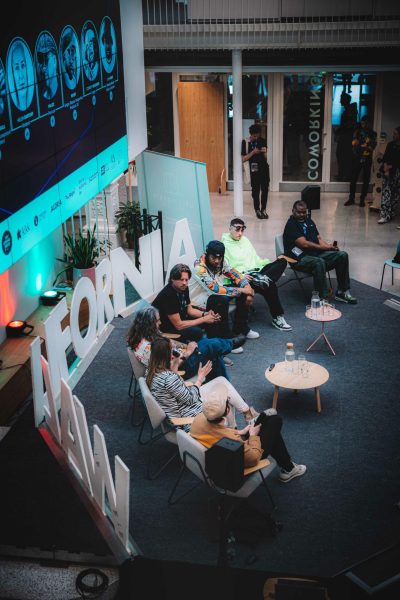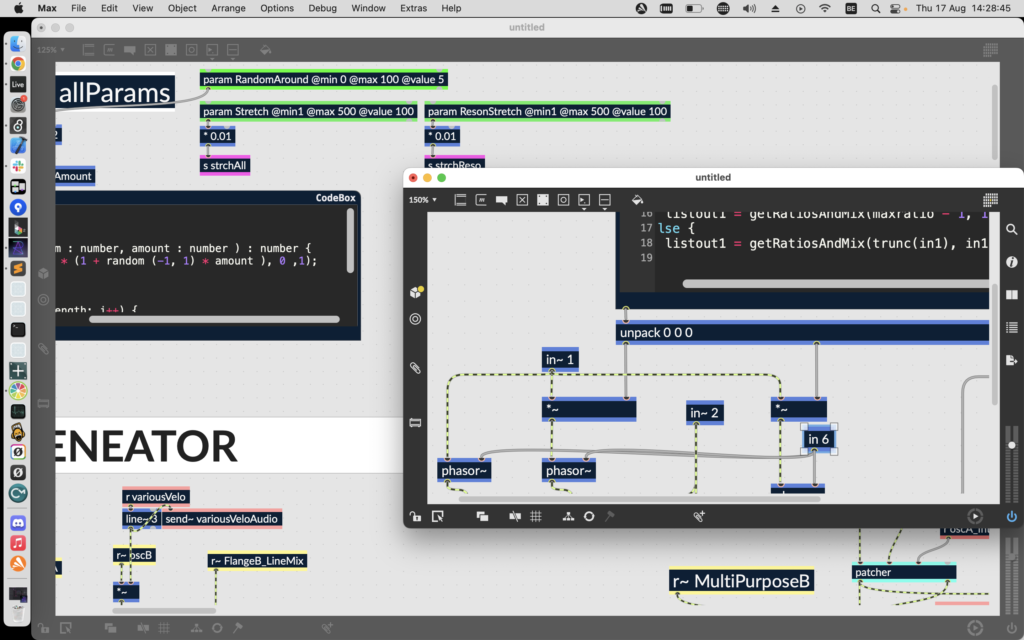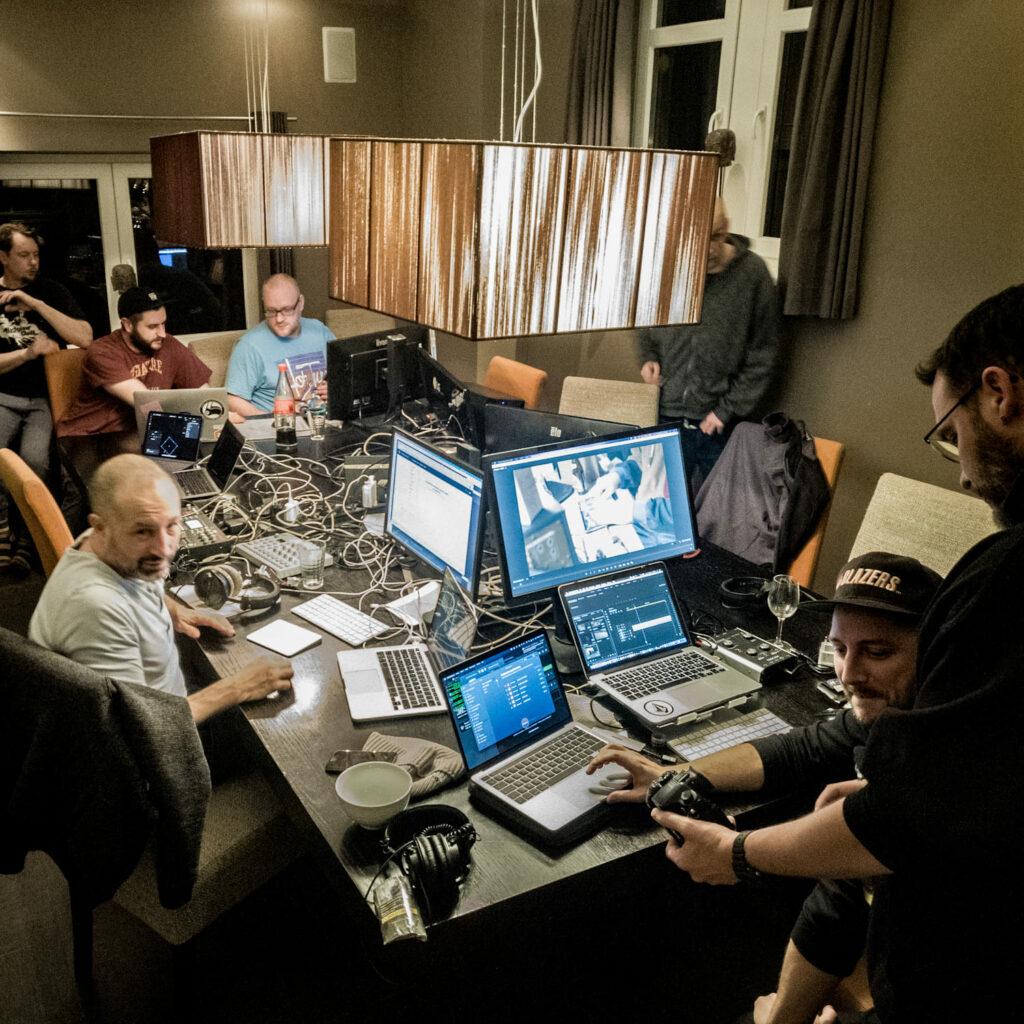Blog / The artistic evolution of music tech…
The artistic evolution of music tech:
How artists keep shaping the future
In the ever-evolving landscape of music technology, an interesting trend has emerged – Musicians themselves are taking the reins and actively contributing to the development of synthesizers, drum machines, VST plugins, and other music tech. This shift is not only changing the way music is created but also revolutionizing the tools artists use.

Recently at Wallifornia Music Tech Summit 2023, BEATSURFING hosted a Panel with heavyweights Che Pope (Grammy-winning producer for Aretha Franklin, Whitney Houston, Carlos Santana, Destiny’s Child, Lauryn Hill, Dr. Dre, the Weekend, Diddy, Kanye West, etc), FKi 1$t (Multi-Platinum producer for Travis Scott, 2Chainz, Mac Miller, Uzi Vert, Post Malone, etc), Phazz (Multi Platinum, awards winner producer for Orelsan, SCH, Oxmo Puccino, etc) and Gareth Halsall (VP of Plugin Boutique, Loopmasters and Loopcloud).
We explored the catalysts behind the rise of artist-driven music tech and delve into the unique contributions artists can bring to software development. Here are a few things which came up in our discussion.
A Game-Changer: Max for Live
One catalyst that stands out to us at BEATSURFING is the introduction of VPL development tools such as Usine Hollyhock, Reaktor, Max Msp, and Synthedit. All those tools were intended to be used by artists, and enthusiasts to build their own tools. A big move about this was the introduction of Max for Live in 2009, an innovation brought to life by Ableton. Max for Live served as a groundbreaking platform that empowered artists to craft their own MIDI patches, sequencers, effects, synthesizers, and more for live performances. This platform provided a gateway for artists to dip their toes into coding and software development without having an extensive background in programming.
Max for Live was not just a tool; it was a game-changer that opened up new avenues for artists to customize their music production and live show experience. Its impact remains significant to this day, as artists continue to leverage the platform’s capabilities to create personalized music tech solutions and even sell their creations online.

Artist-Driven contributions beyond traditional development

1. Musicians have a precise vision for their needs
Artists understand their craft intimately and know precisely what they need to enhance their creative process. They can identify the specific features, functionalities, and tools that would elevate their work. For instance, an artist producing electronic music might require a plugin that offers a novel approach to generating, modulating, and performing sounds in real time, something that resonates with their artistic vision. It’s not just about making existing ideas better, it’s about taking new radical approaches to solve problems and open new doors.
2. Gaining an outside perspective leads to streamlined and focused design
3. How can musicians bridge the gap between technical and artistic aspects
Artists who venture into software development bridge the gap between the technical and artistic aspects. They can effectively communicate their artistic needs to the development team, translating their creative concepts into functional software. This collaboration leads to tools that are artistically potent and technically robust.
4. Creating tools tailored for niche music genres
In the realm of music, there are countless niche genres, each with its own unique requirements. Artists deeply immersed in these genres can create specialized tools that cater to these distinct needs. For example, an artist specializing in experimental ambient music might develop a software module that generates intricate soundscapes in real-time. Or when Fki 1$t wanted to make a pen tapping drum plugin, we went to work on Lunchtable plugin immediately.
5. Artists are using music tech to amplify creative expression
Ultimately, artists contribute to music tech development by amplifying creative expression. They push boundaries, challenge conventions, and introduce novel ways of thinking. This infusion of artistic flair leads to software that encourages innovation and artistic exploration.In conclusion, the rise of artist-driven music tech is reshaping the industry.
Catalysts like Max for Live have empowered musicians to take charge of their creative tools, resulting in software that’s tailored to their artistic needs. Artists bring their unique insights to the table, ensuring that music software and tech not only fulfill technical requirements but also resonate deeply with the artistic spirit. This collaboration between art and technology promises an exciting future where musicians shape their own sonic landscapes.
We know that it can feel daunting to jump into music tech after being in the “artist” mode for a long time. BEATSURFING prides itself on turning fellow artists’ ideas into innovative apps and plugins. If you have a great idea don’t hesitate to reach out to us, by email or on social media. We would love to hear your ideas and see if we can help nudge you in the right direction to make them a reality.
Still not sure if you should make the leap into music tech? Check out the first plugin we released called 7DeadlySnares, maybe it will spark an idea for your next project.
読んでいただきありがとうございます!
BEATSURFINGチーム